The Montezuma Castle and Montezuma Wells National Monuments are two attractions that you need to go explore. The Sinagua people lived and thrived in the Verde Valley and had dwellings at both of these sites. This post will provide you a guide to Montezuma Castle National Monument (Camp Verde, AZ) so you, and your significant others, can plan for and explore this historical site.
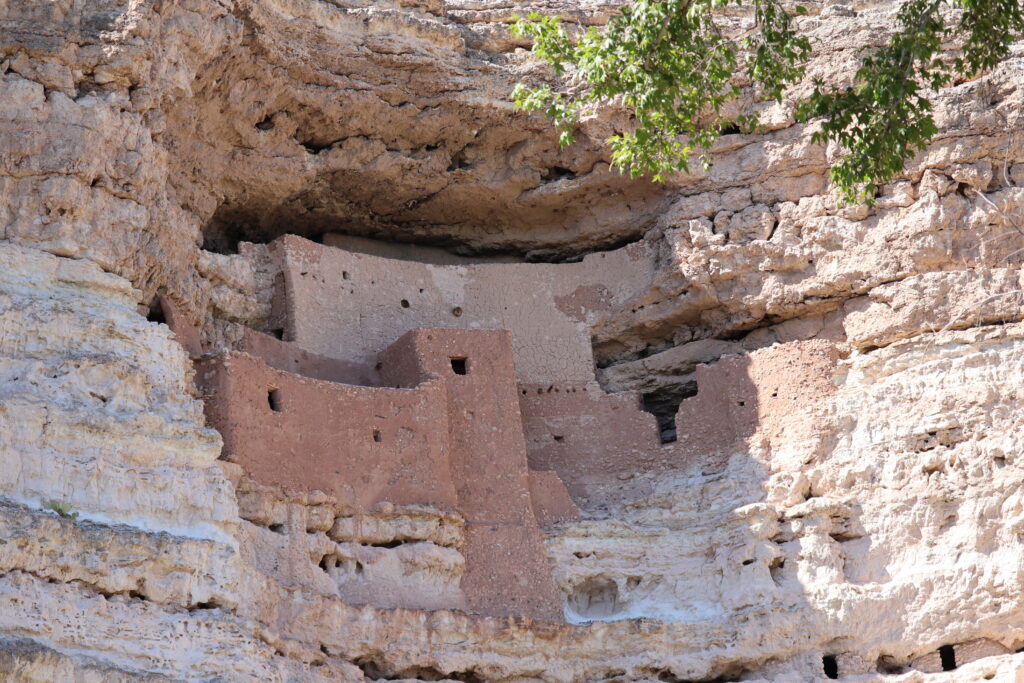
So What is the Montezuma Castle National Monument?
Montezuma Castle National Monument is a set of well-preserved dwellings located near Camp Verde, Arizona, which were built and used by the Sinagua people, a pre-Columbian culture closely related to the Hohokam and other indigenous peoples of the southwestern United States, between approximately AD 1100 and 1425.
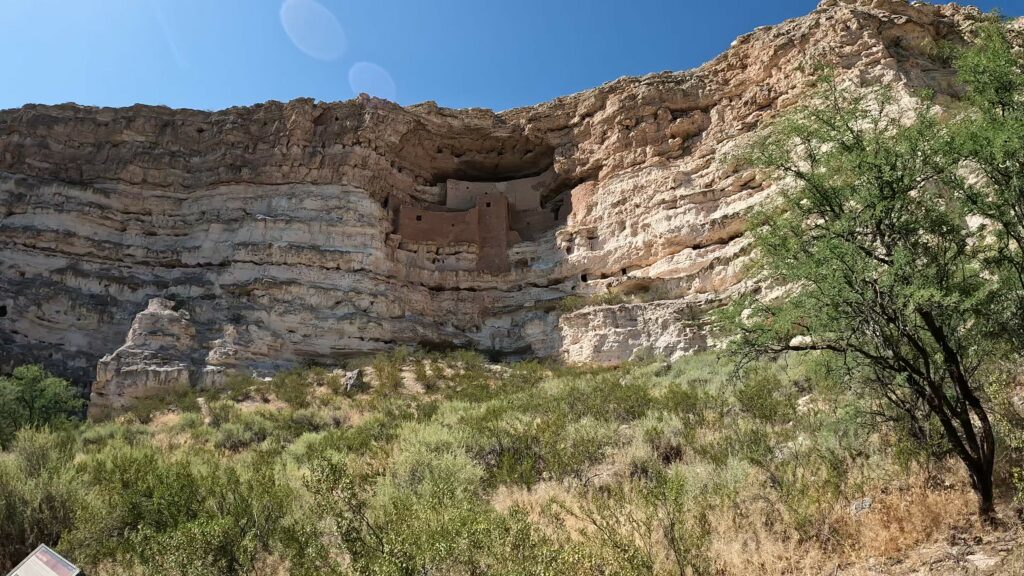
Montezuma Castle is a five-story, 20-room mud-and-stone structure, dating from about 1100 CE, built into a cavity in the limestone cliff face about 80 feet above the valley floor by the prehistoric Sinagua people. It took about three centuries to complete.
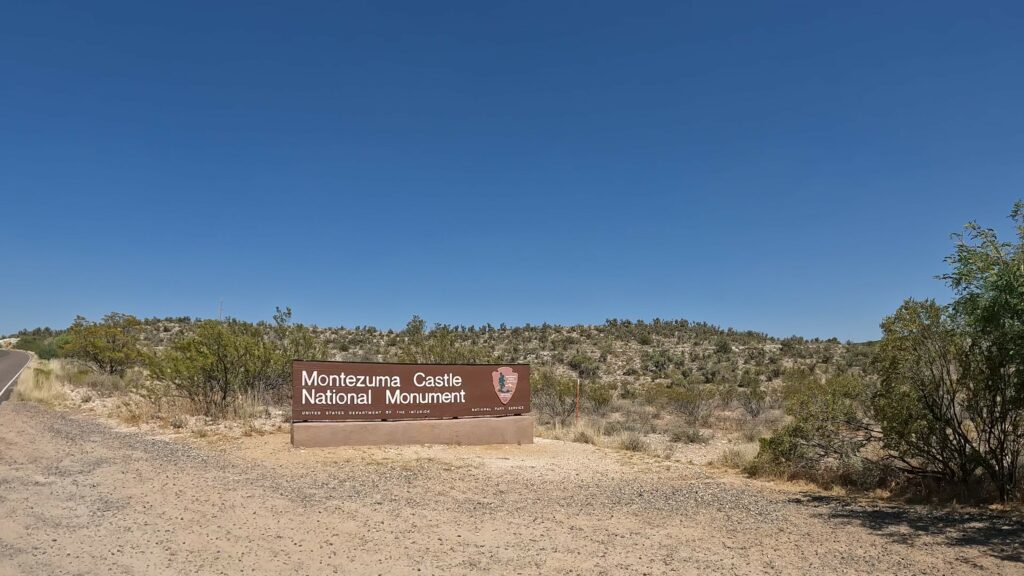
Where is the Montezuma Castle National Monument?
The National Monument is located in the Verde Valley of central Arizona, south of Sedona and Cottonwood where our B&B for this leg of this trip was located.
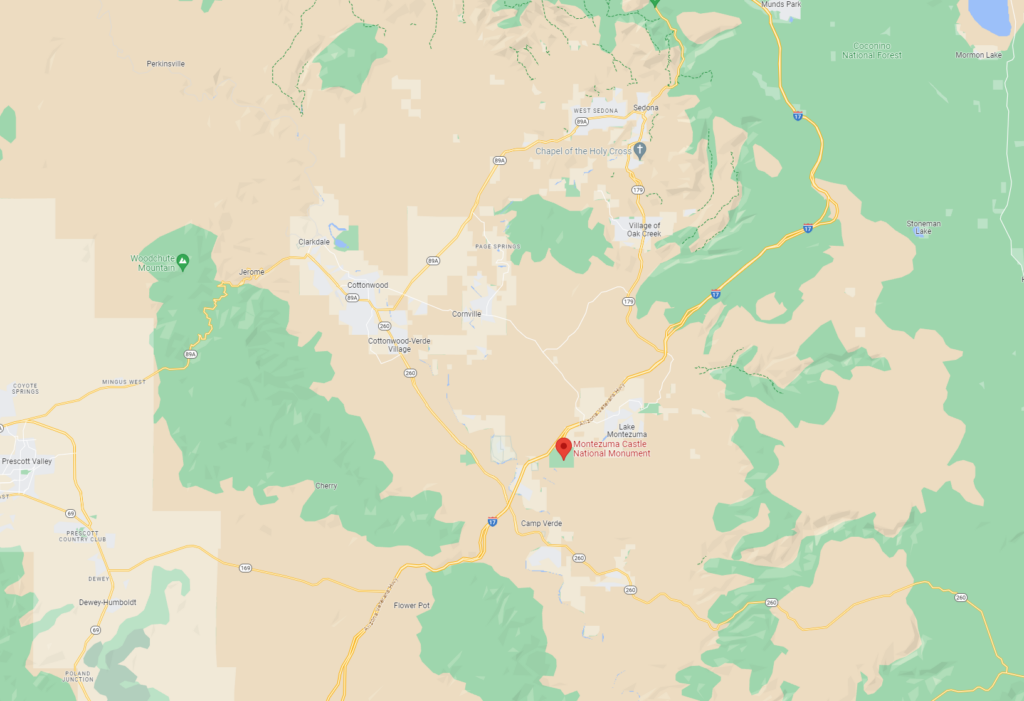
It is located at Montezuma Castle Road, Camp Verde, AZ. It is located 11 miles from the Montezuma Well National Monument. The closest town is Campe Verde, AZ.
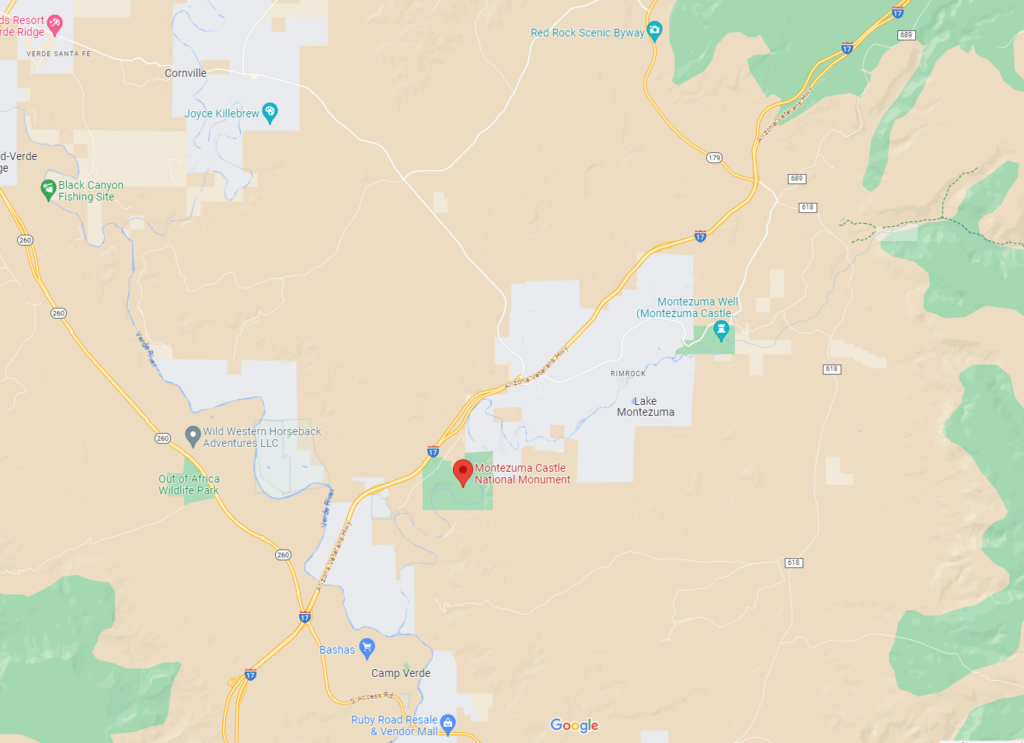
What’s the History behind the Montezuma Castle National Monument?
The dwellings were declared a U.S. National Monument on December 8, 1906 as a result of the American Antiquities Act by President Theodore Roosevelt. The site was added to the National Register of Historic Places on October 15, 1966.
It is the third National Monument dedicated to preserving Native American culture through the Antiquities Act of 1906.
Montezuma Castle Cliff Dwellings
Montezuma Castle is situated about 90 feet up a sheer limestone cliff, facing the adjacent Beaver Creek, which drains into the perennial Verde River just north of Camp Verde. It is one of the best-preserved cliff dwellings in North America, in part because of its ideal placement in a natural alcove that protects it from exposure to the elements.
Access into the structure was most likely permitted by a series of portable ladders, which made it difficult for enemy tribes to penetrate the natural defense of the vertical barrier.
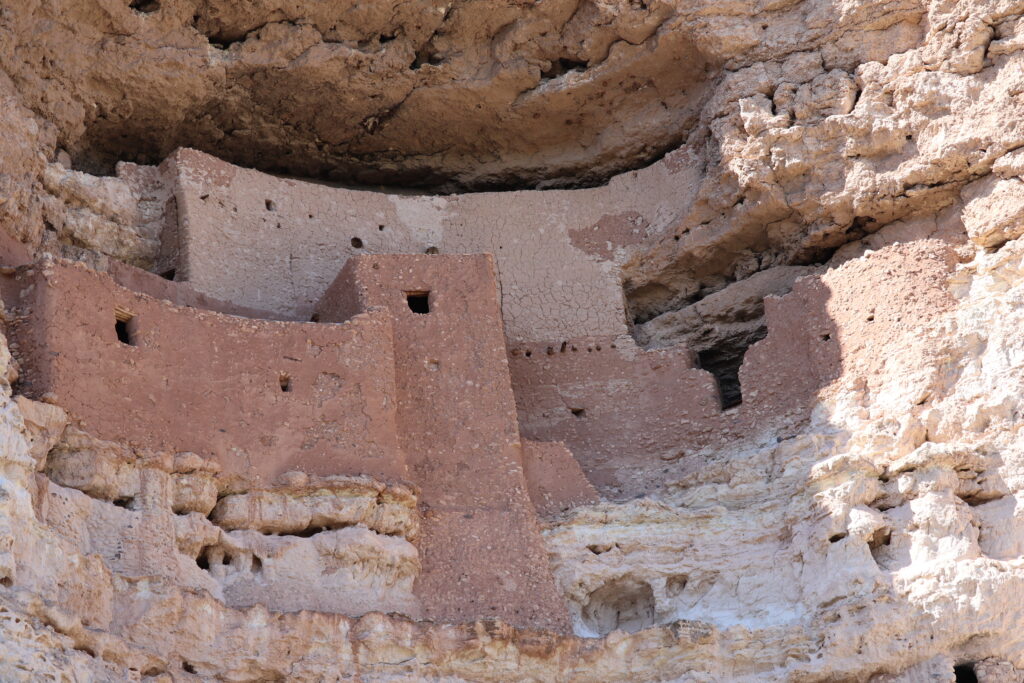
Reasons To Build the Cliff Dwellings
Perhaps the main reason the Sinagua chose to build the Castle so far above the ground, however, was to escape the threat of natural disaster in the form of the annual flooding of Beaver Creek. During the summer monsoon season, the creek frequently breached its banks, inundating the floodplain with water. The Sinagua recognized the importance of these floods to their agriculture, but likely also the potential destruction they presented to any structures built in the floodplain. Their solution was to build a permanent structure in the high recess afforded by the limestone cliff.
The walls of Montezuma Castle are examples of early stone-and-mortar masonry, constructed almost entirely from chunks of limestone found at the base of the cliff, as well as mud and/or clay from the creek bottom. The ceilings of the rooms also incorporated sectioned timbers as a kind of roof thatching, obtained primarily from the Arizona sycamore, a large hardwood tree native to the Verde Valley.
Castle A
Don’t miss the smaller much less preserved complex known as Castle A about 50 ft west of the main dwelling. The paved path terminates at this location before looping around so it is easy to find.
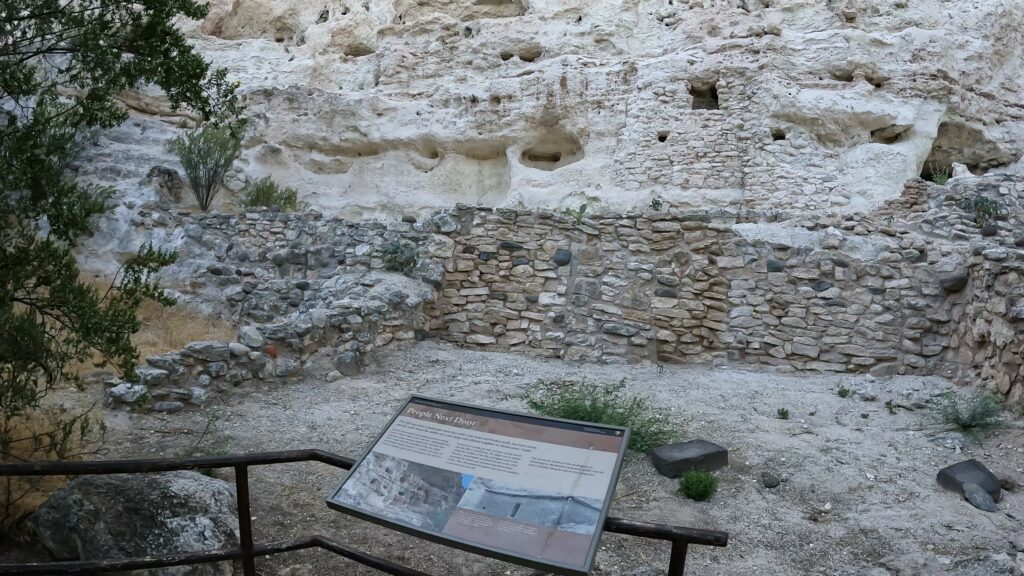
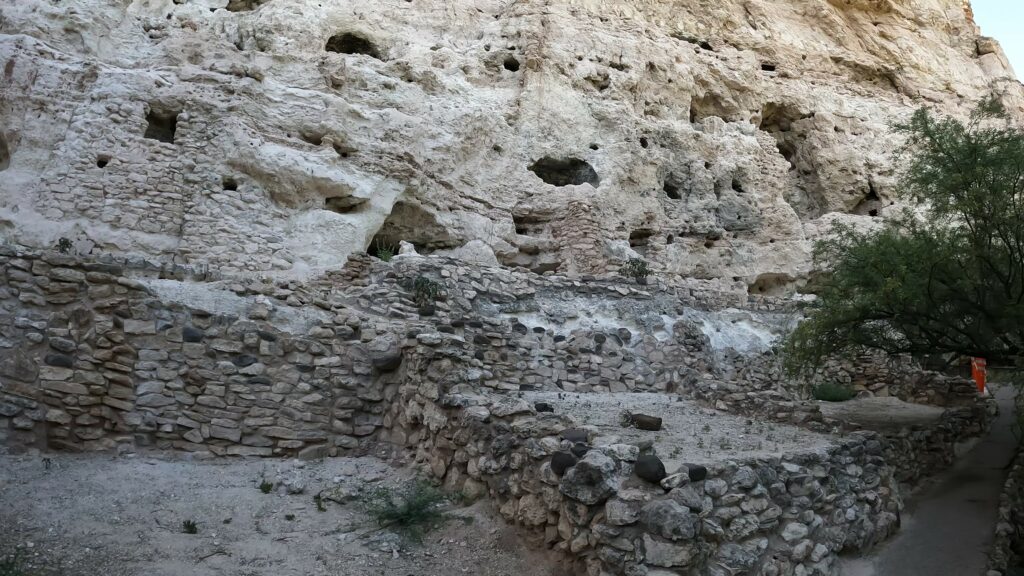
This ruin is believed by archaeologists to be larger than the original dwelling with a whopping 45 rooms. Castle A was also constructed up the face of the cliff east of the Castle in a series of terraces. Unfortunately, Castle A was not as well protected from the elements like the main dwelling so it has succumbed to erosion.
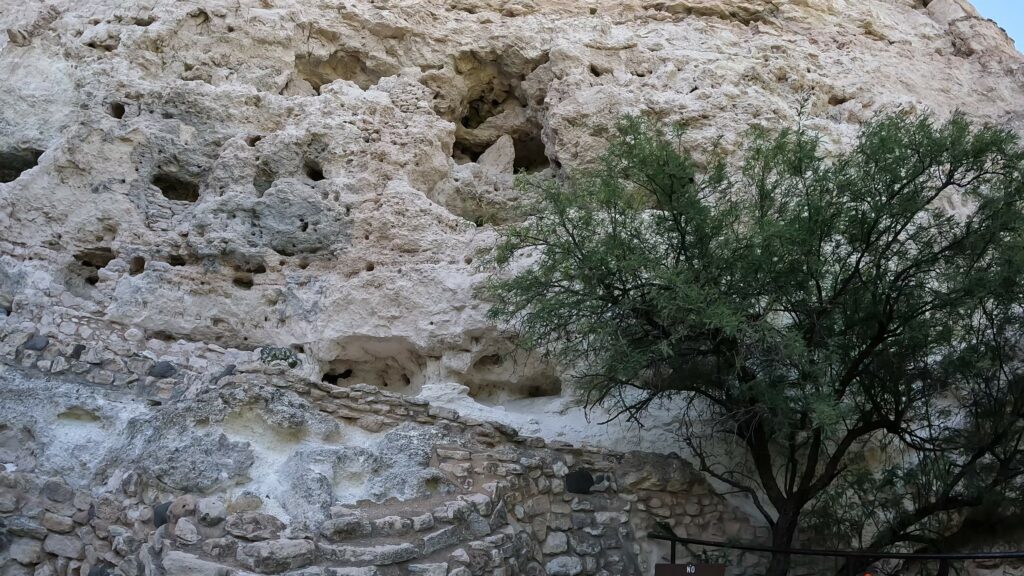
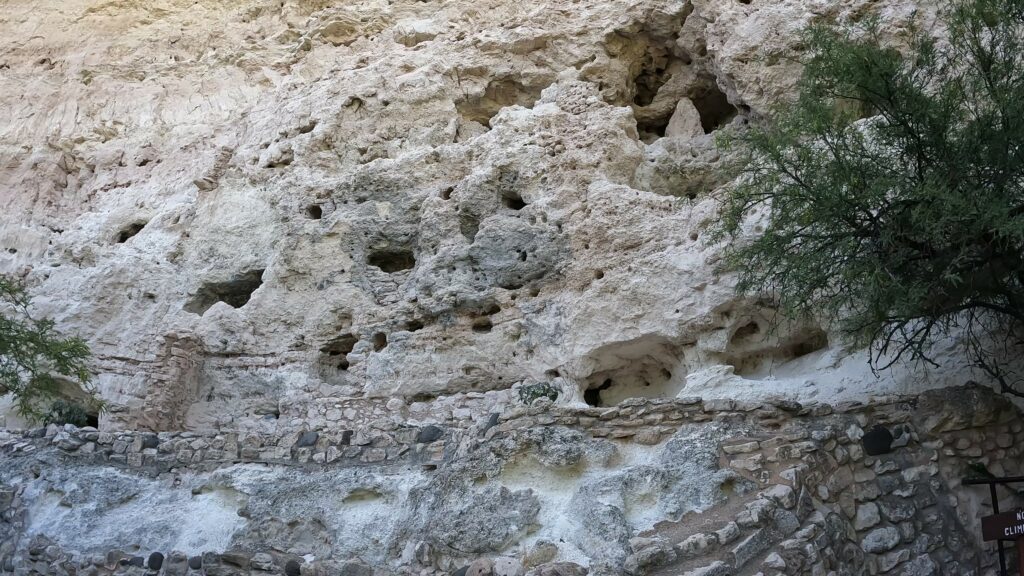
What to Expect and See While on the Trail?
The castle itself is only a short 2-minute walk along an easy 1/3 mile paved nature trail which leads past the ruins and then loops back along Beaver Creek. Entrance Fee is $10 per person (but includes Montezuma Well). Hours are Sunday through Saturday 8:00 AM–4:45 PM
The Montezuma Castle

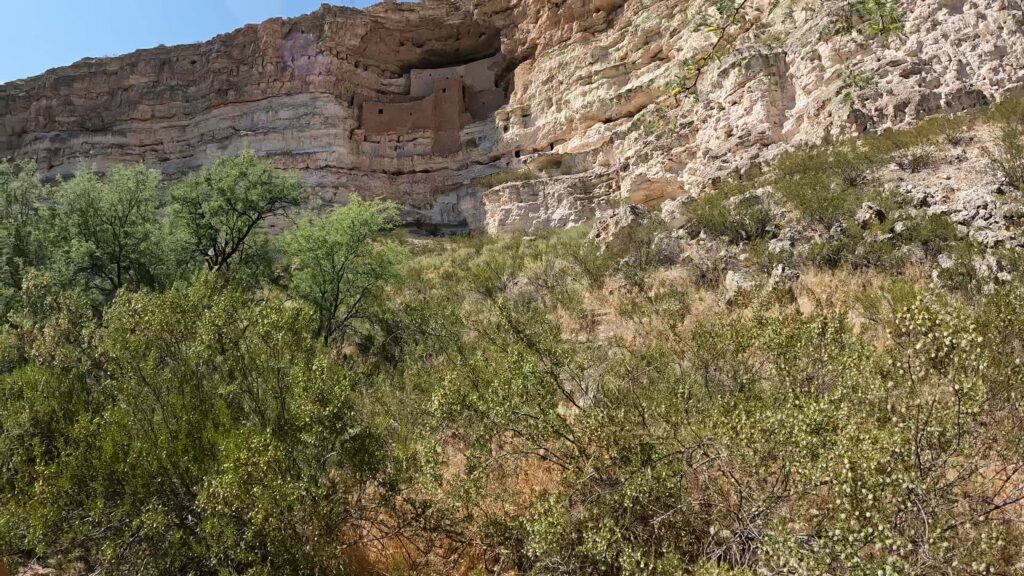

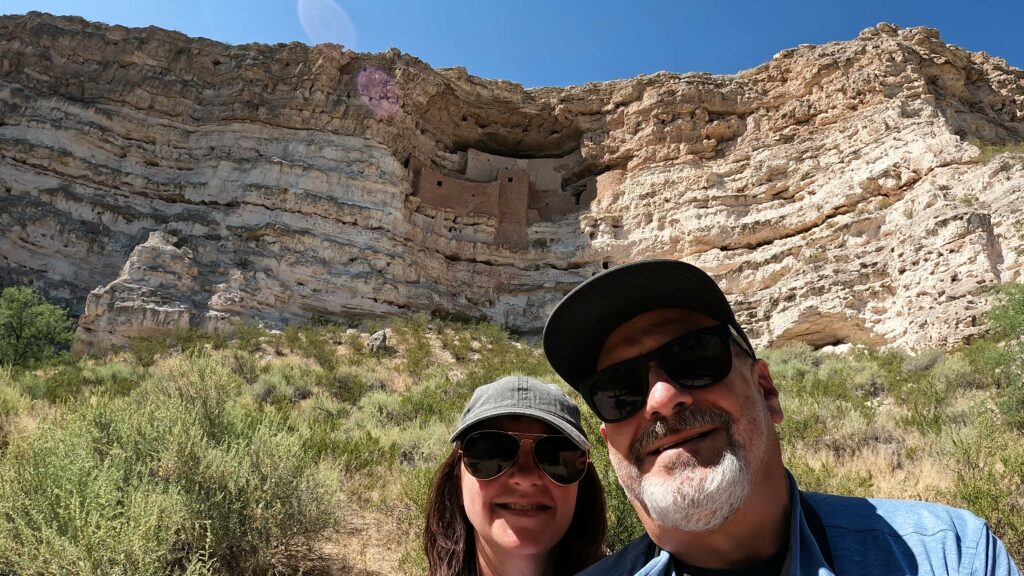
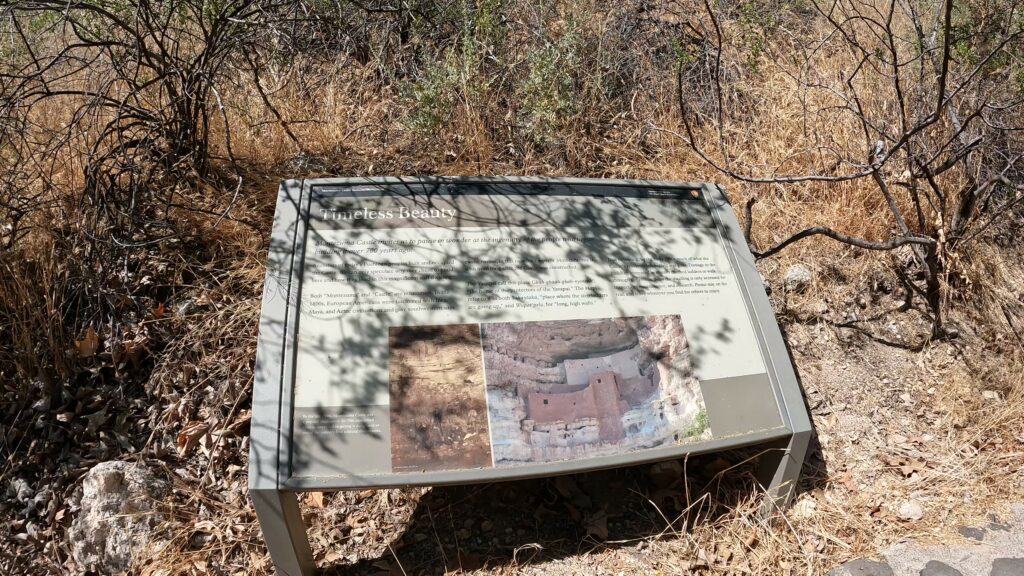

Castle A
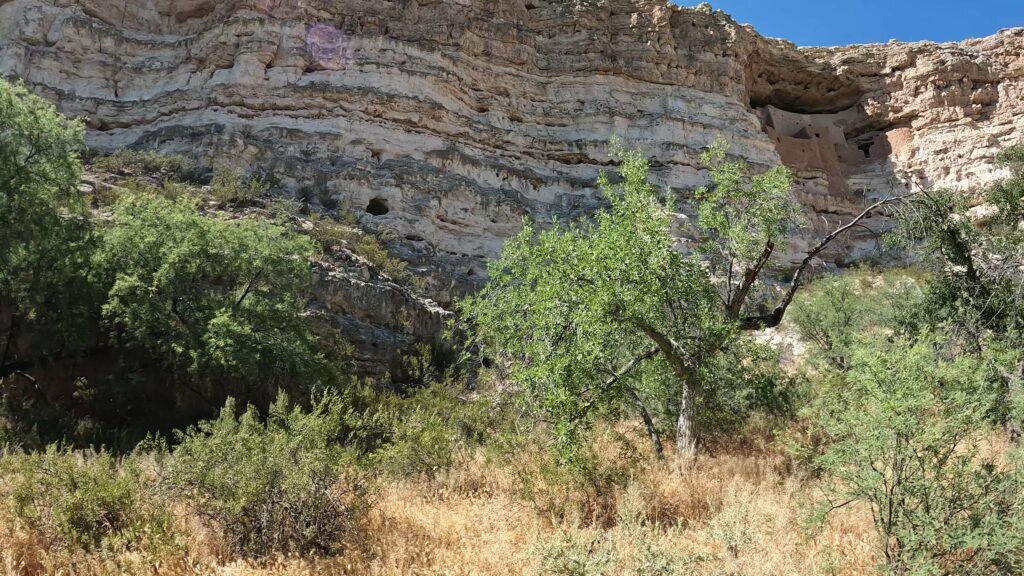
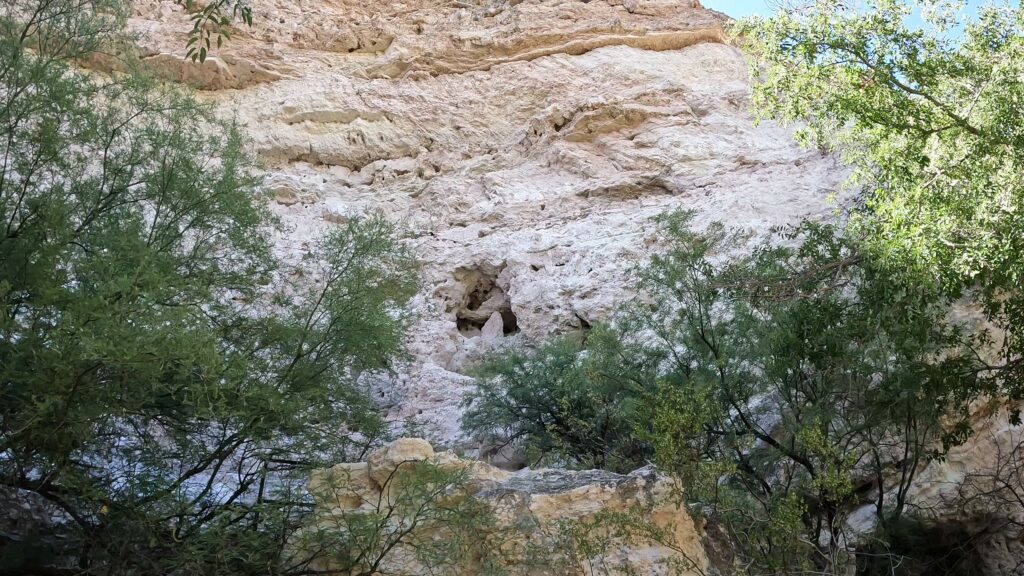
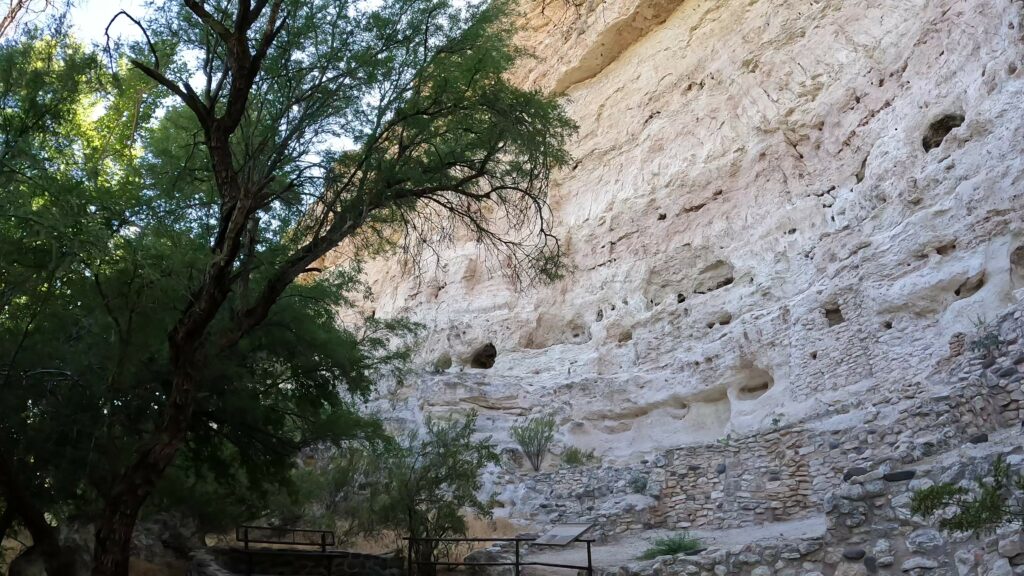




Trail/Plants
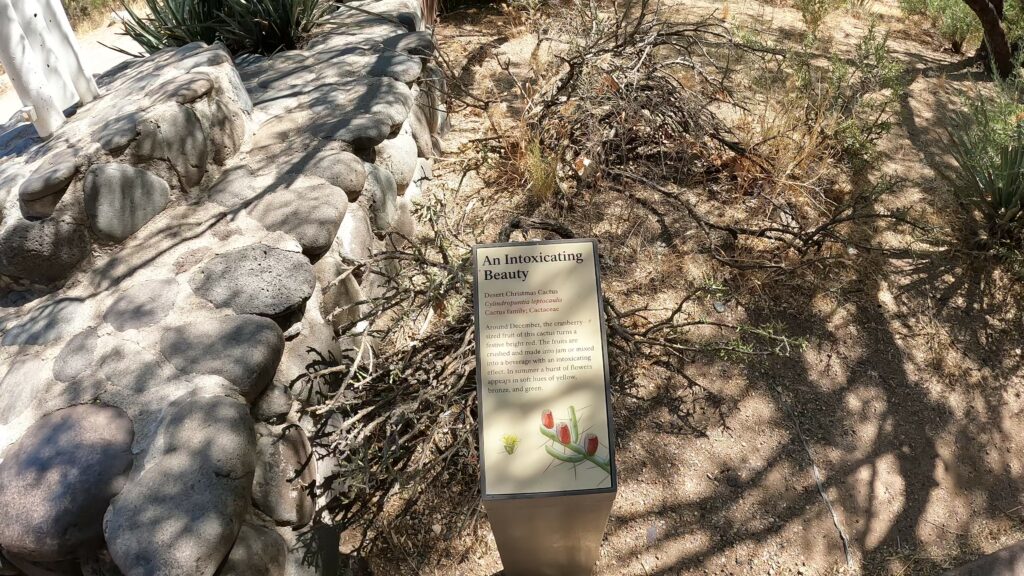
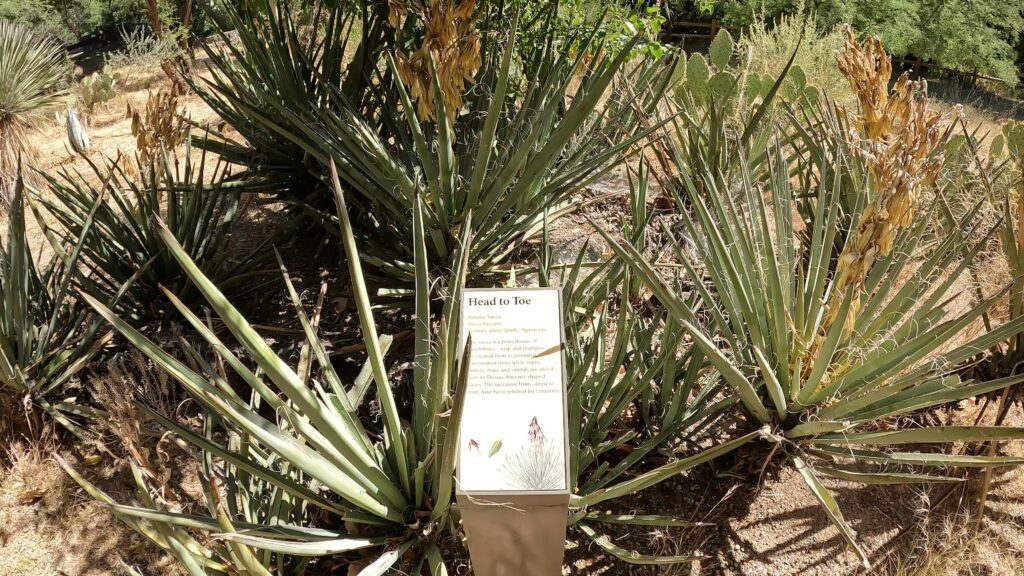
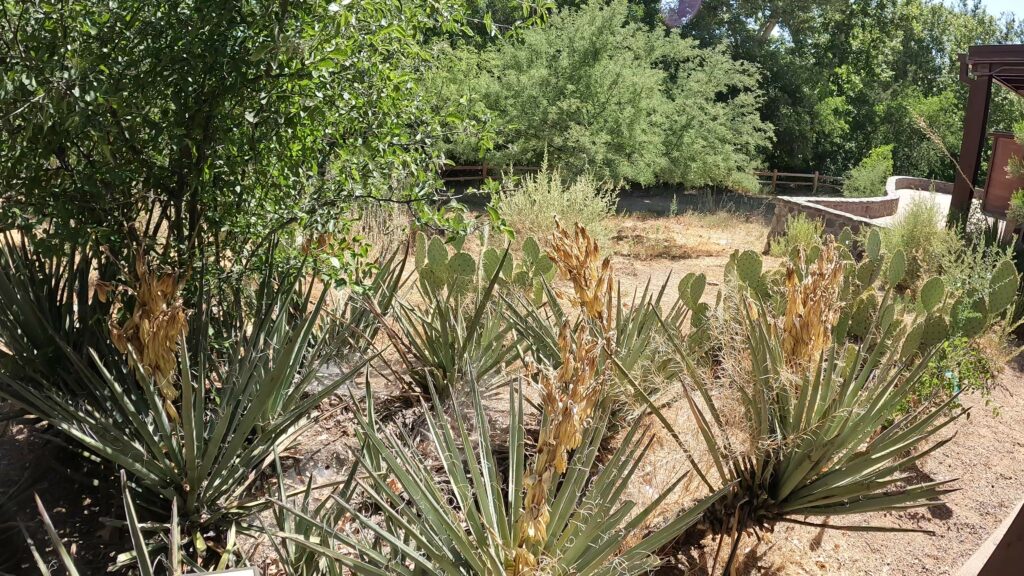
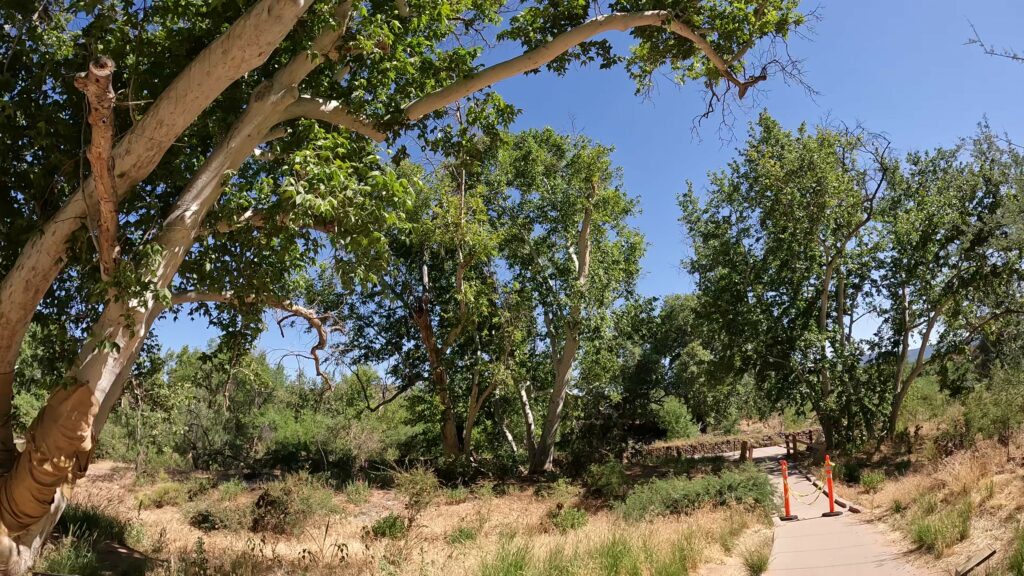
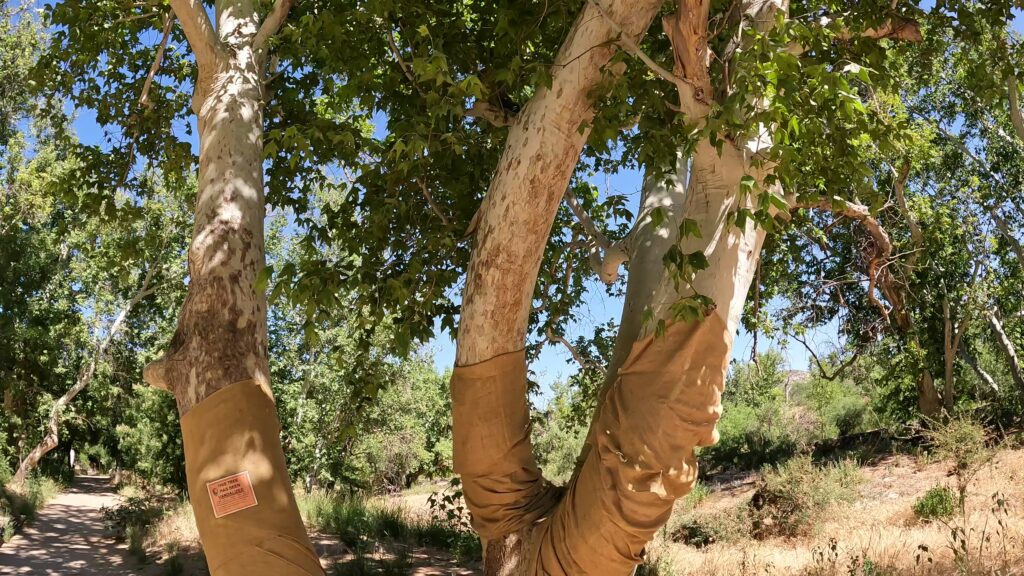
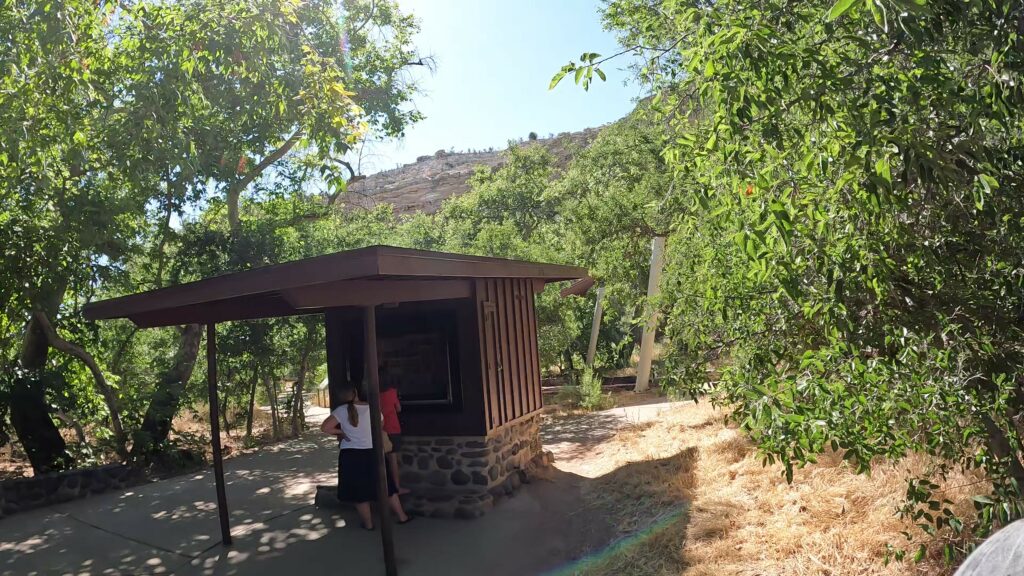
Visitor Center
Please note that the park gate is one mile from the Visitor Center and closes at 4:45pm. The Visitor Center at Montezuma Castle has information for both Montezuma Castle and Montezuma Well National Monuments. Montezuma Well National Monument does not have a Visitor Center there – only a Park Ranger office.
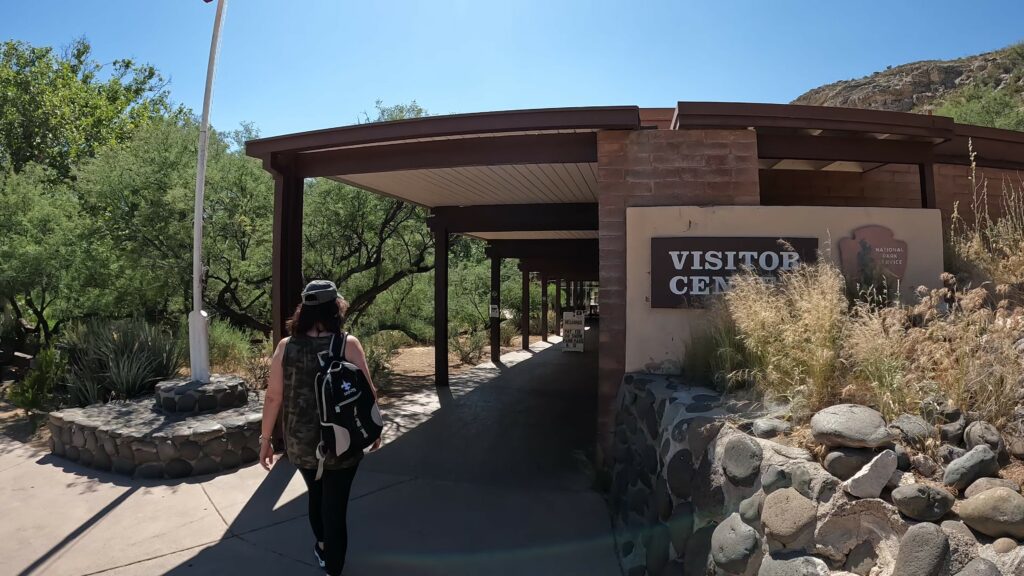
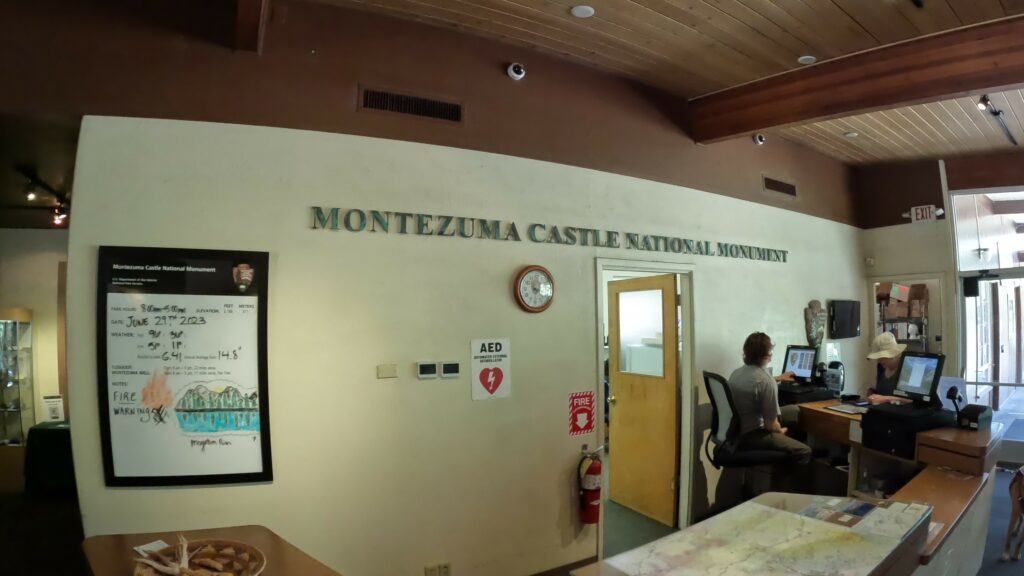
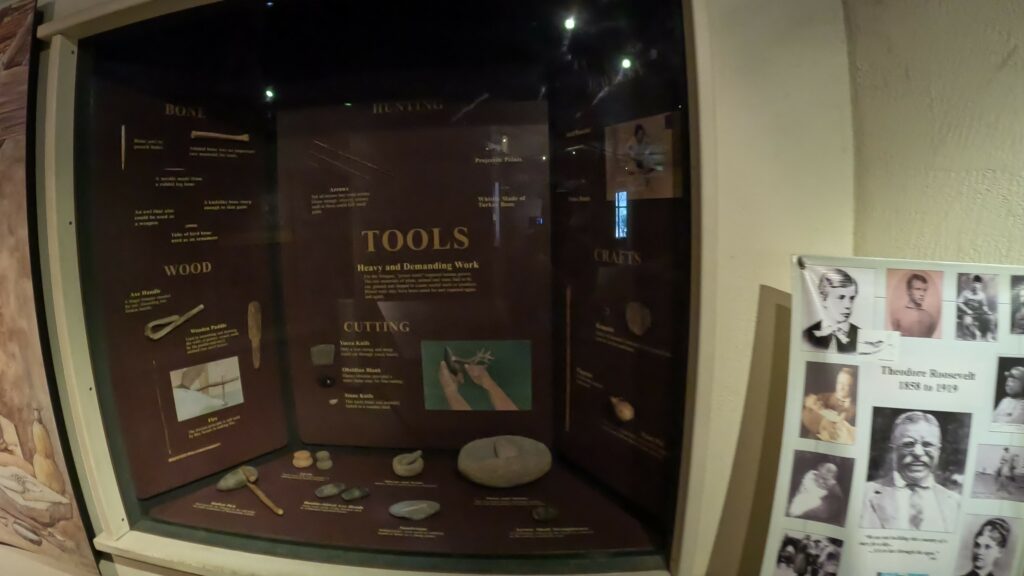
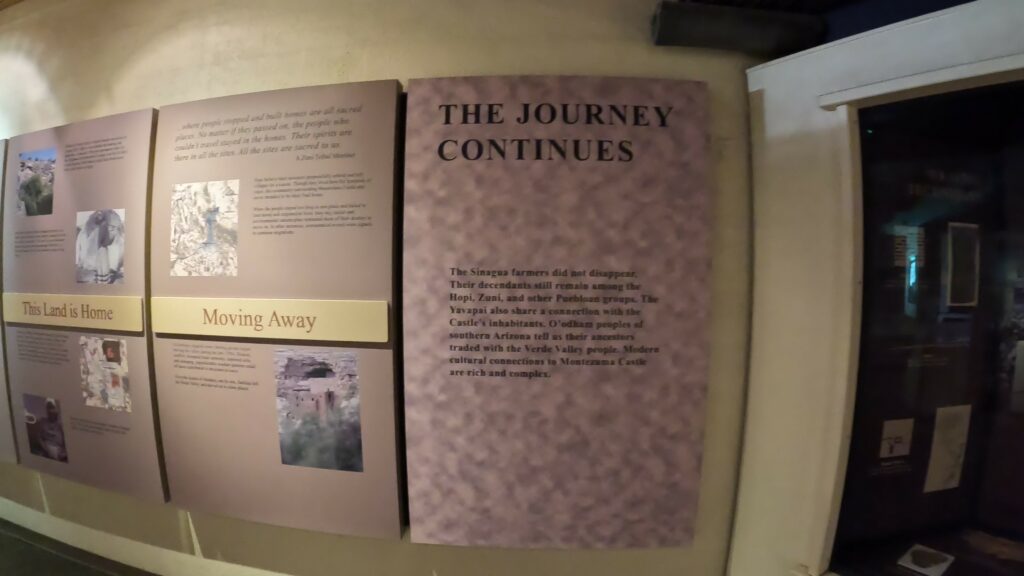
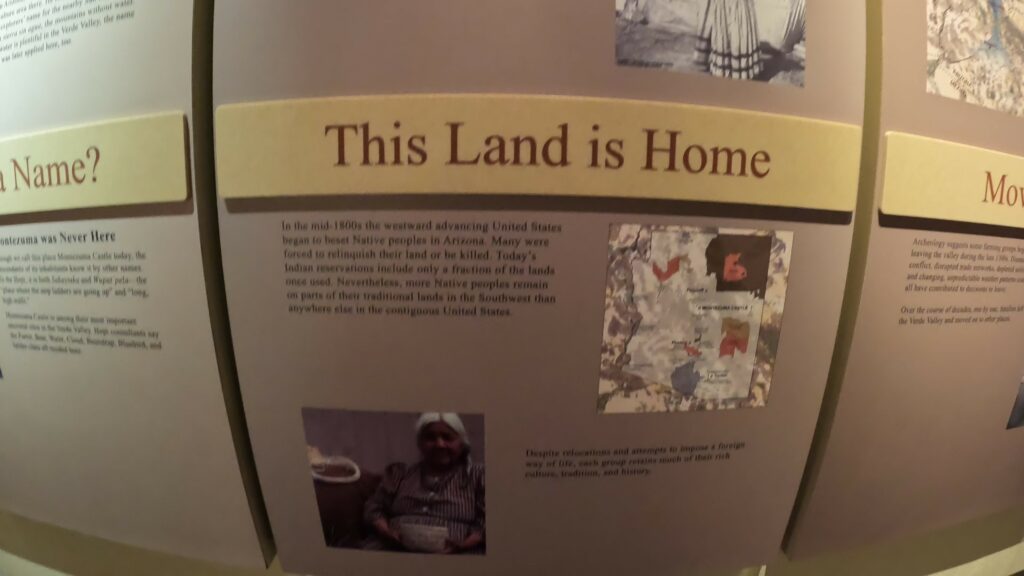
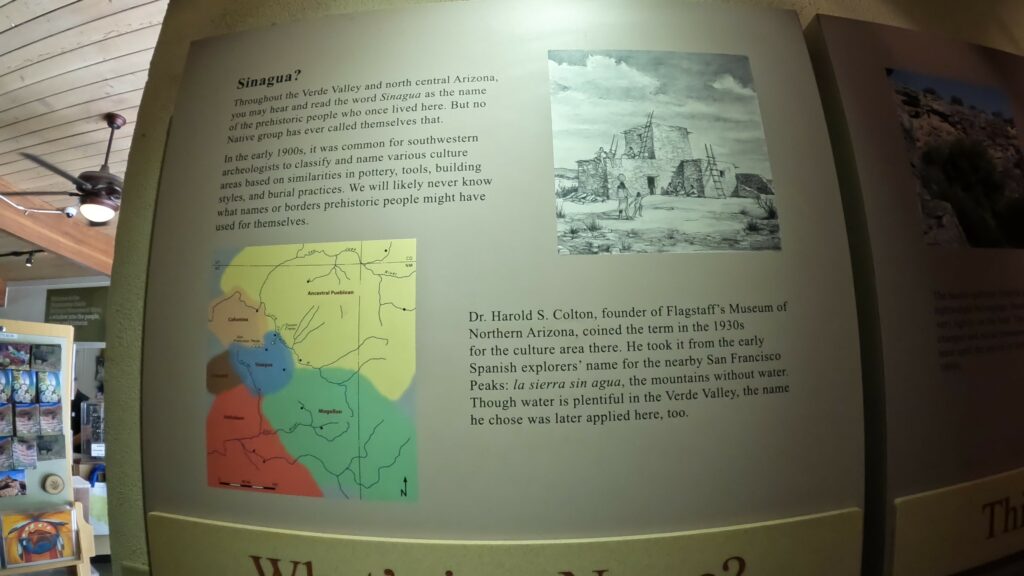
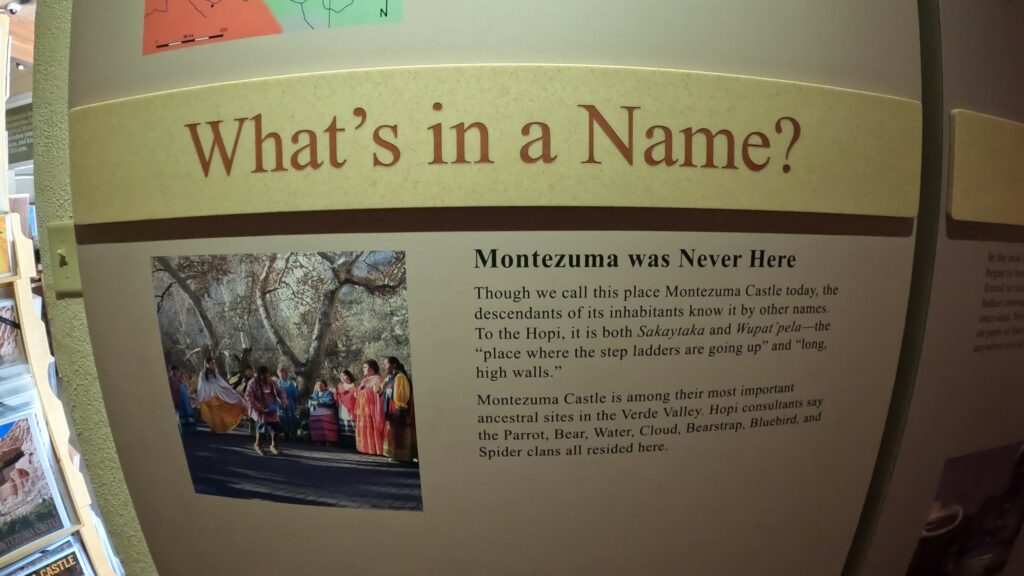
Montezuma Well, which we enjoyed even more, is about 11 miles down the road from Montezuma Castle.
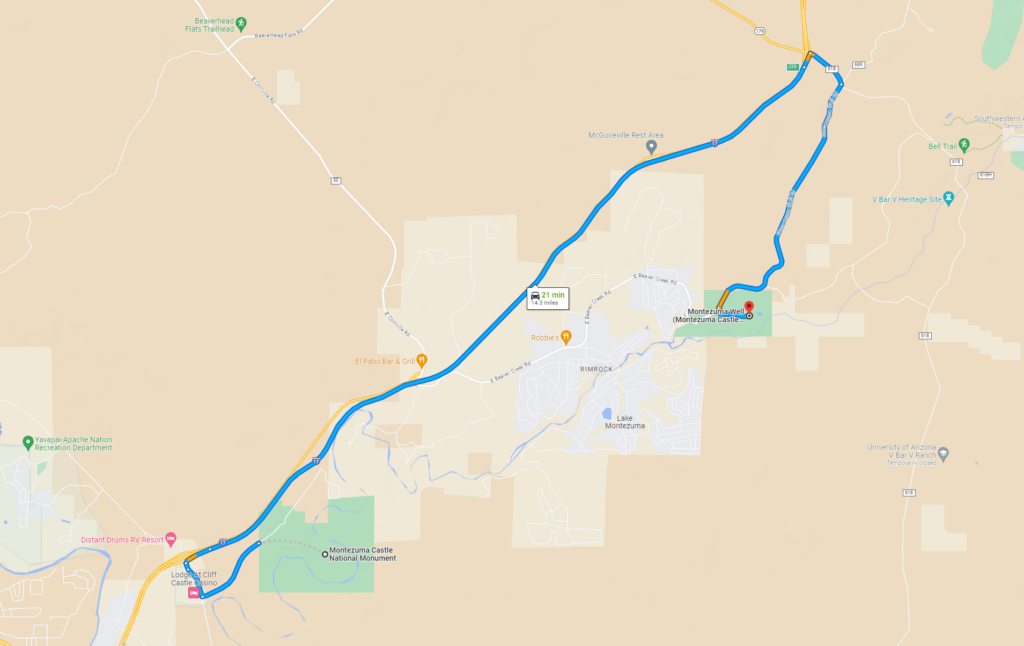
This guide to Montezuma Castle National Monument (Camp Verde, AZ) gives you the information needed to include this site in your epic Arizona trip or even a day trip if you live in Arizona.
If you like this content, check out my post on the Montezuma Well National Monument, along with the Fort Verde Historical State Park. The Navajo Upper Antelope Slot Canyon is excellent as well. You will also like our YouTube playlist covering our Epic Arizona Trip.
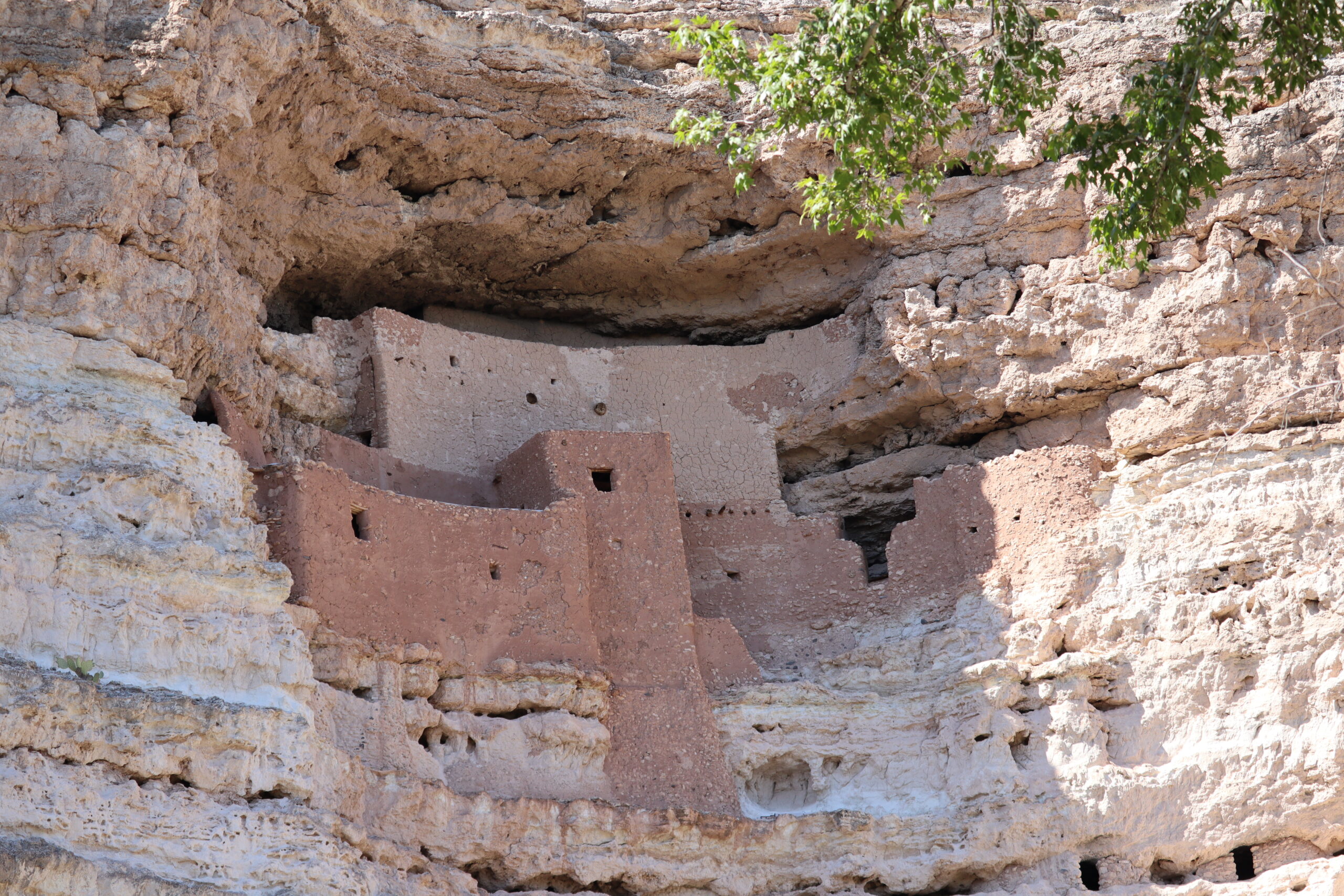
Leave a Reply